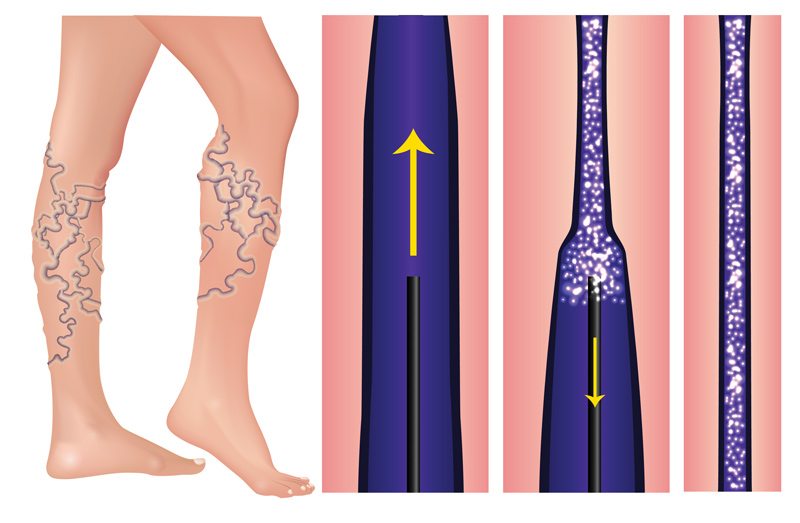
Everything You Need to Know About DVTs: Signs, Symptoms, and Treatment
What is a DVT?

A DVT, short for Deep Vein Thrombosis, is what happens when a blood clot forms in one of the deep veins in your body—most commonly, in your legs. DVTs can be both painful and dangerous.
The most dangerous complication that can arise from a DVT is a pulmonary embolism. This occurs if the blood clot dislodges itself from your deep vein and moves to block your lungs.
A shifted clot could also cause a heart attack or stroke. Because of these serious potential complications, it’s important to seek care immediately if you suspect you or a loved one may have a DVT.
Who is at Risk for a DVT?

- Adults over the age of 50
- Anyone recovering from a recent surgery
- Pregnant women and those taking hormonal birth controls
- Anyone with blood clotting disorders such as Factor V Deficiency
- People leading a sedentary lifestyle
- Individuals with a family history of a DVT
- Heavy smokers
How Do You Prevent a DVT?

Losing weight, giving up smoking, and watching your blood pressure are all great additional ways to lower your odds of having a DVT in your lifetime.
If you are at high risk for a DVT based on previous personal or family history, blood clotting disorders, or surgery, your doctor may prescribe a blood thinner to help prevent a DVT. Taking this medication as prescribed is an important step to avoiding the complication of a DVT.
What Are the Symptoms of a DVT?

Sometimes, people ignore the signs of a DVT until the clot moves and they experience signs of pulmonary embolism. These include dizziness, faintness, sweating, and heart palpitations.
How is a DVT Diagnosed?
How Do You Treat a DVT?

Be proactive about DVT complications and schedule and appointment with your Vein Care Specialist to learn about the health of your veins. Knowing more about possible blockages or clogs could end up saving your life.























